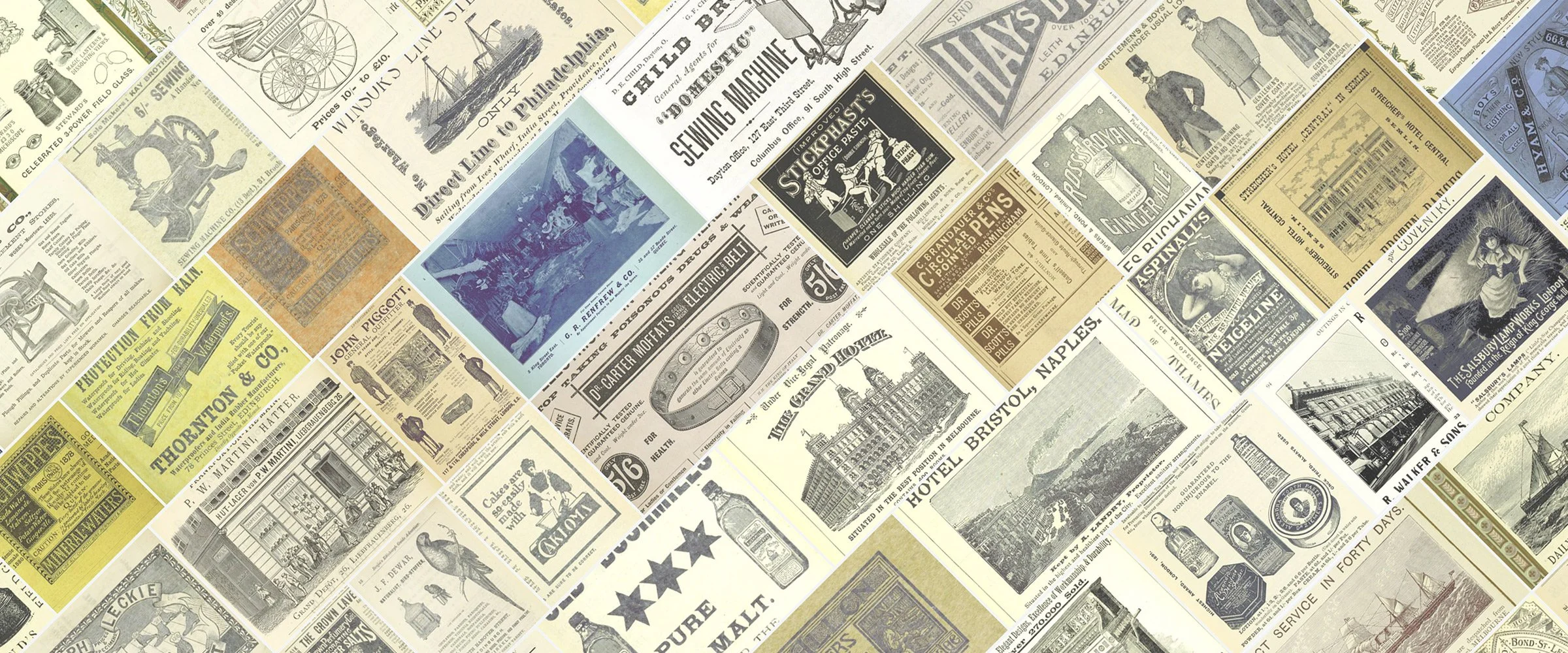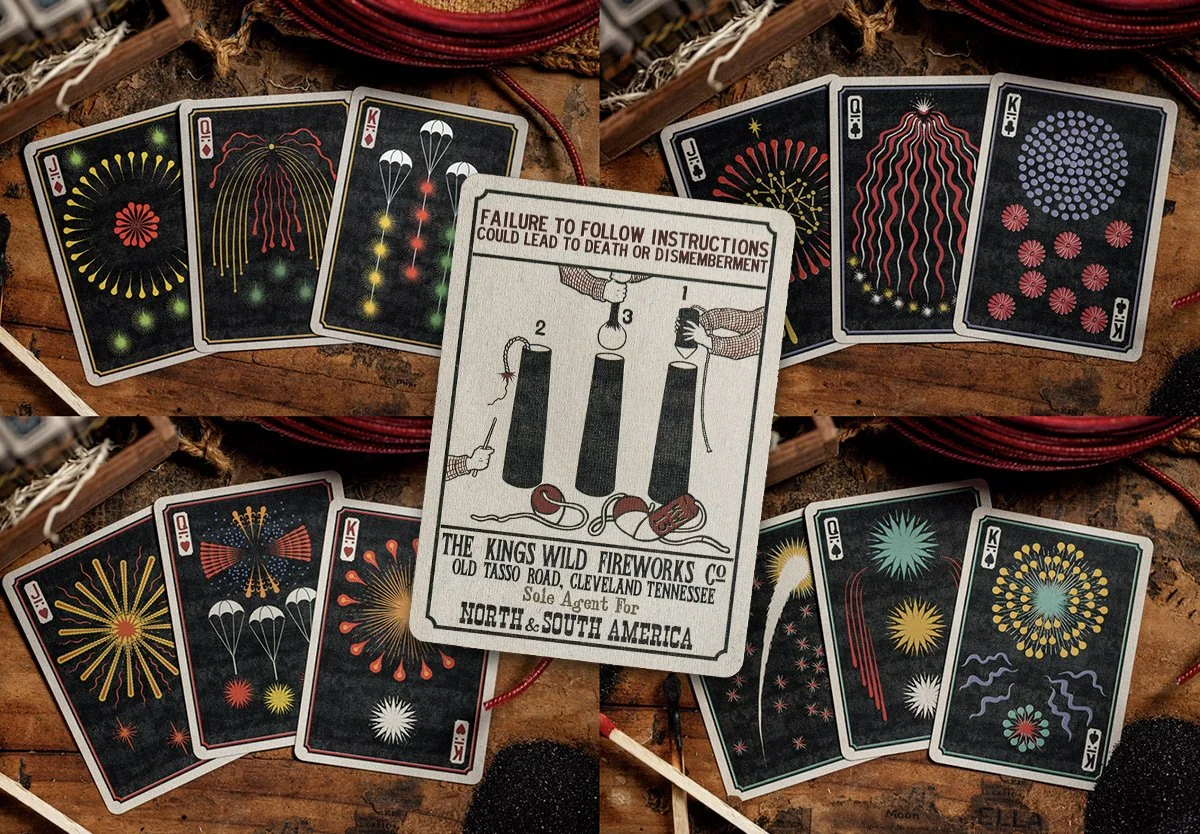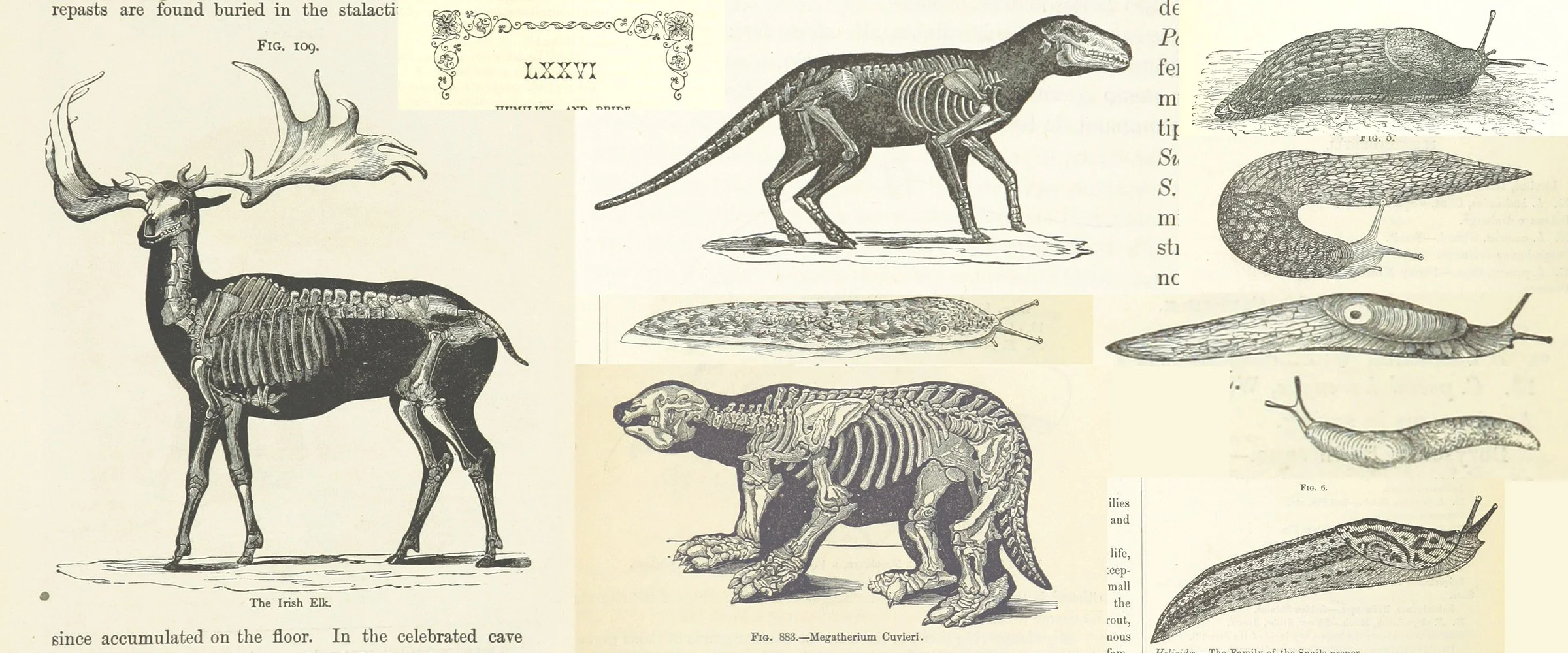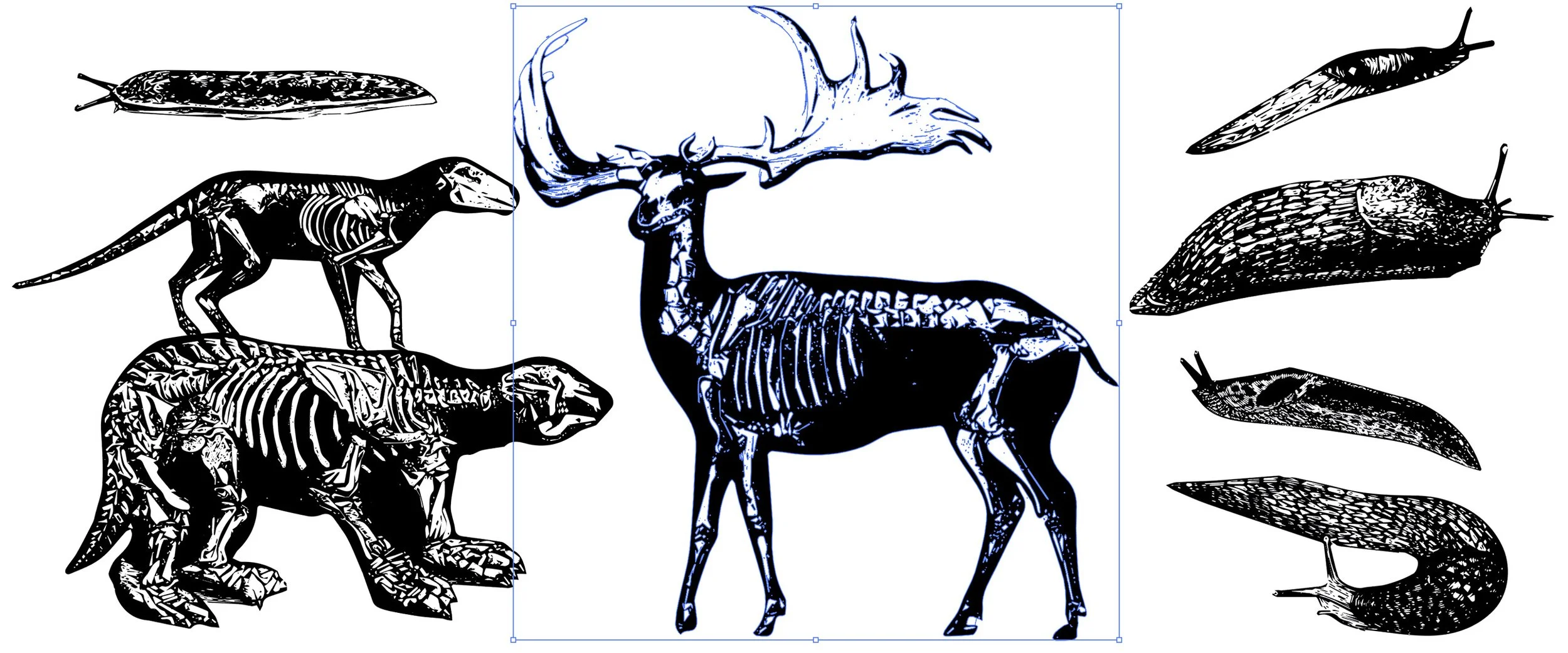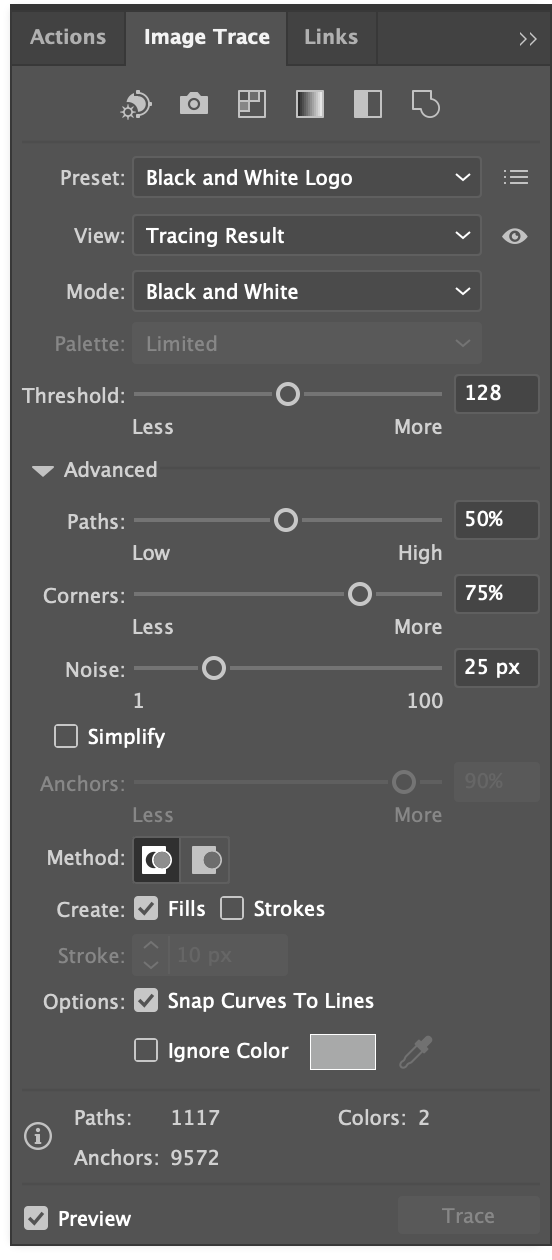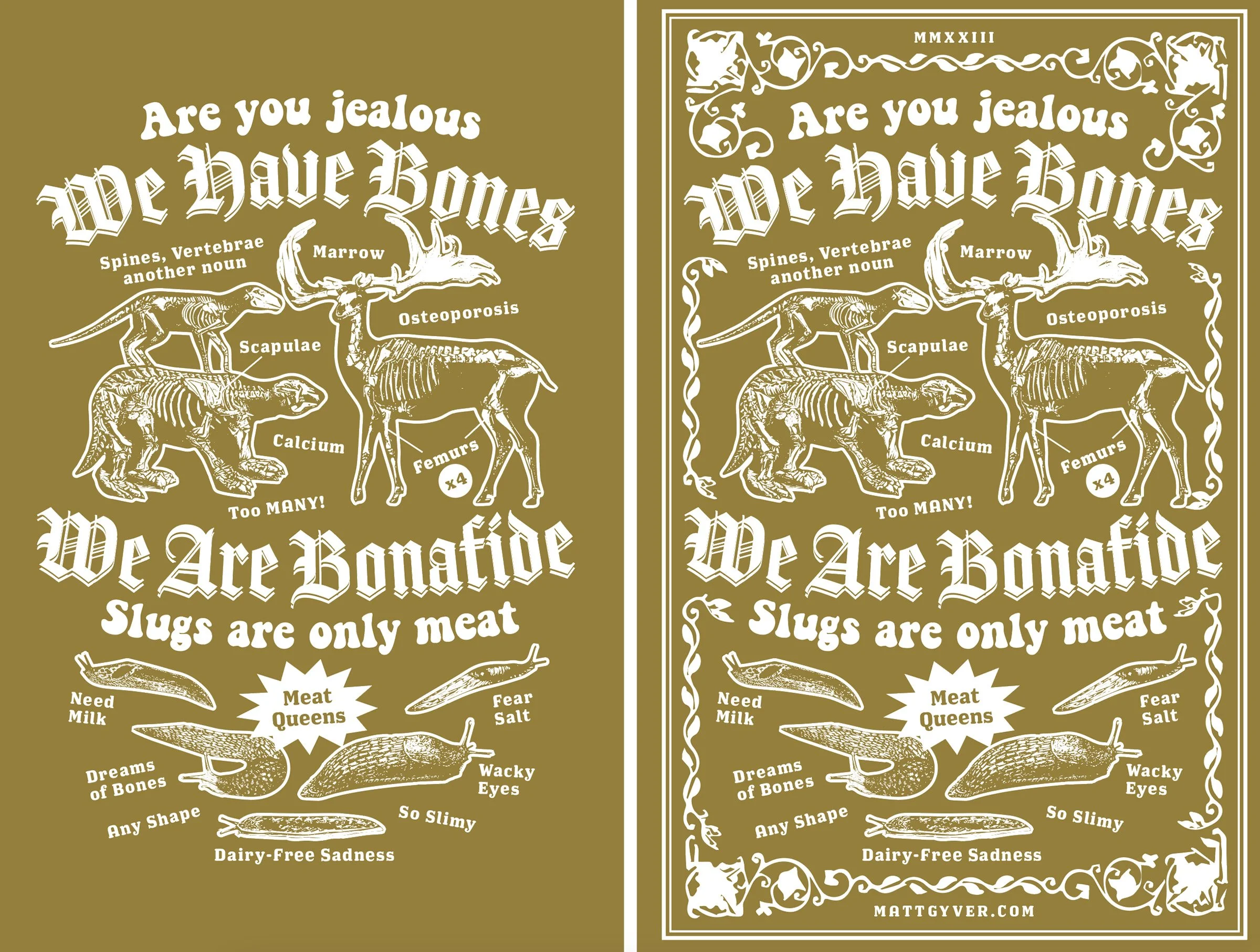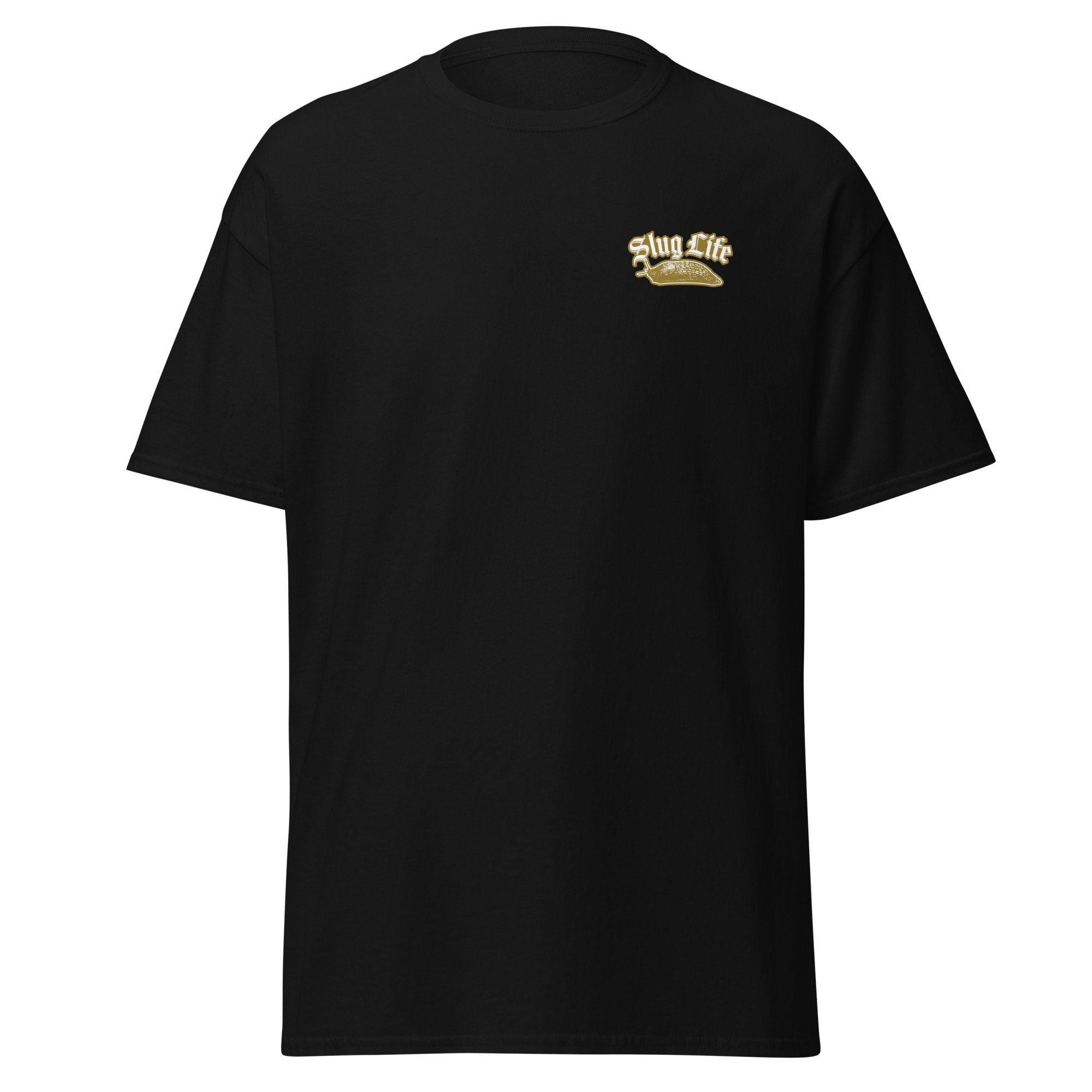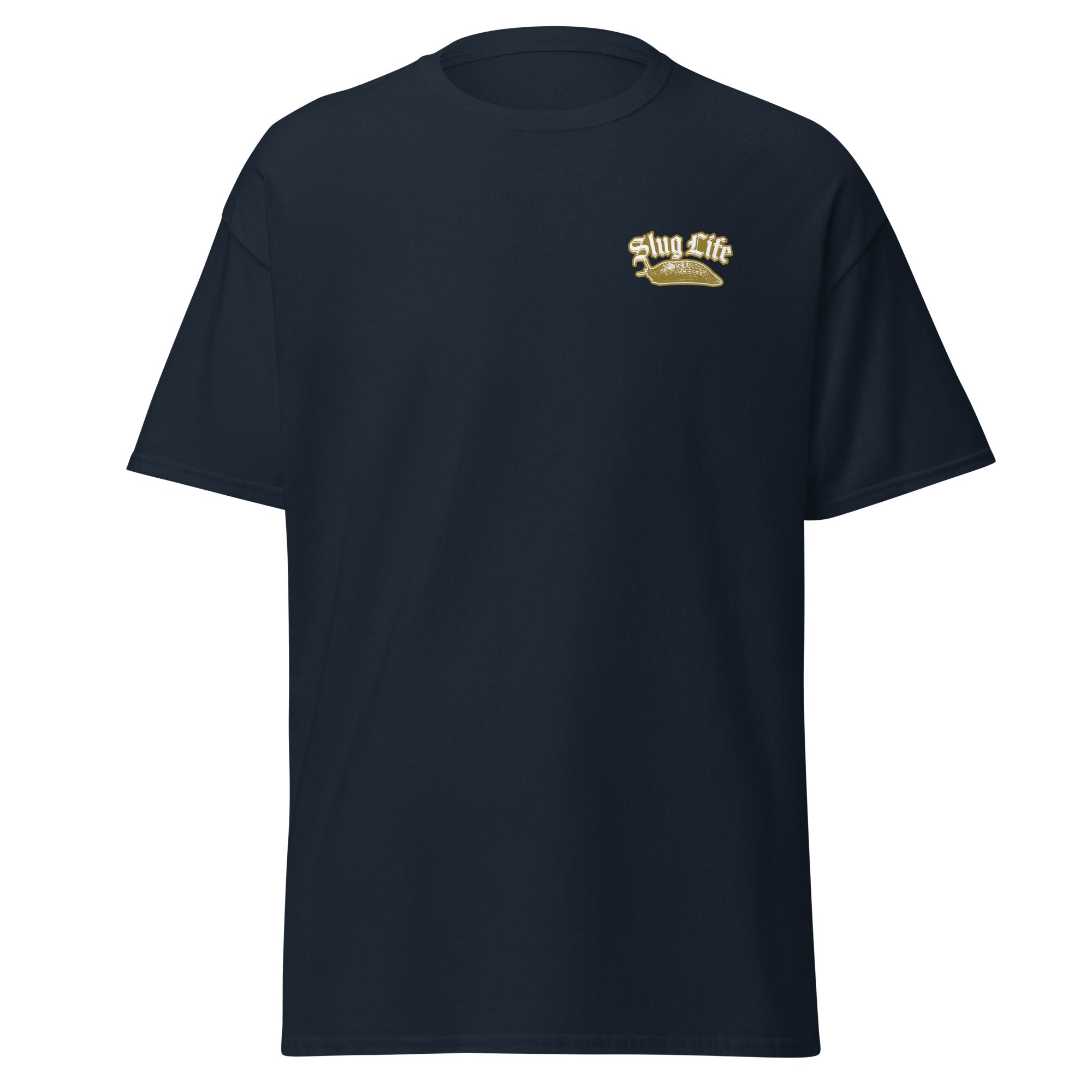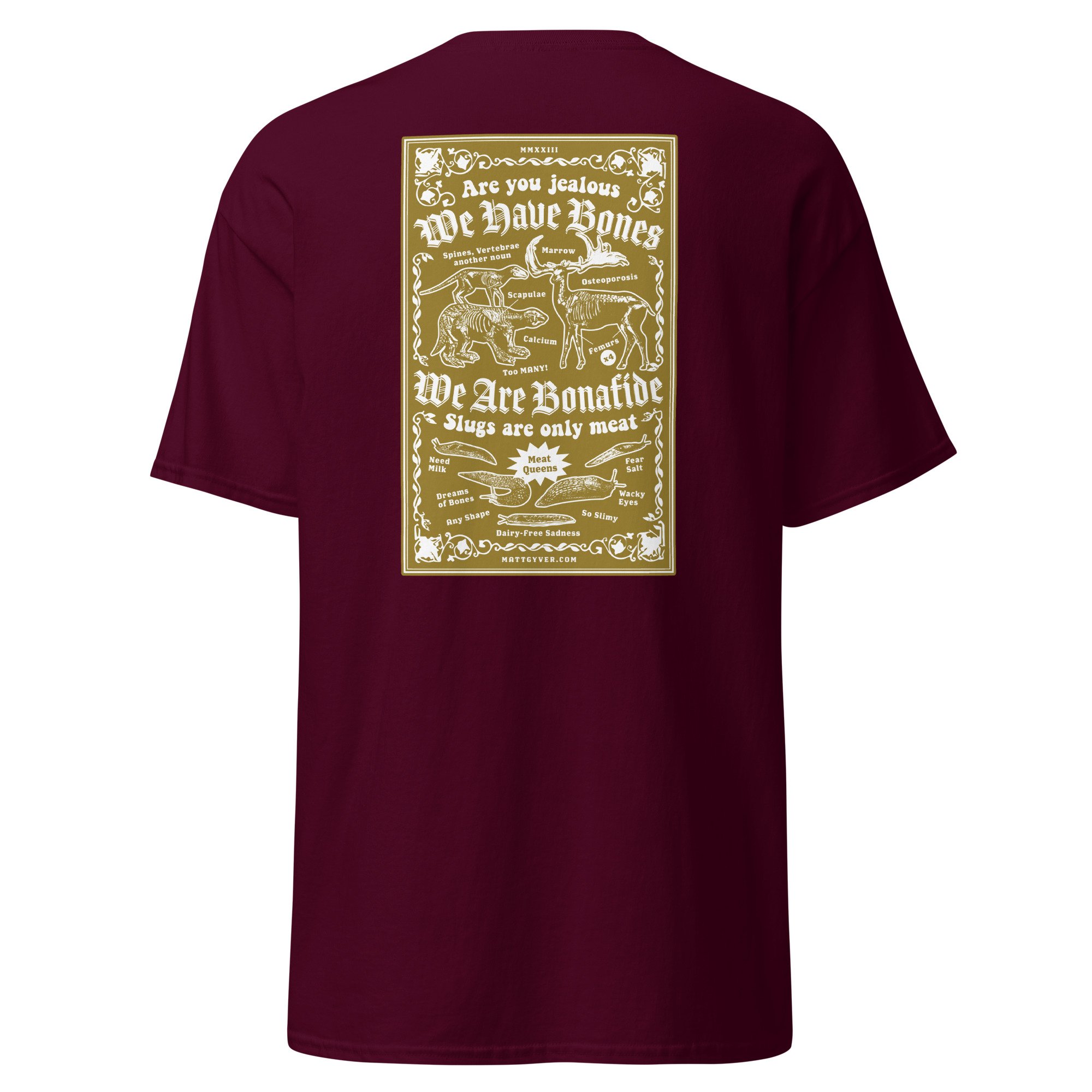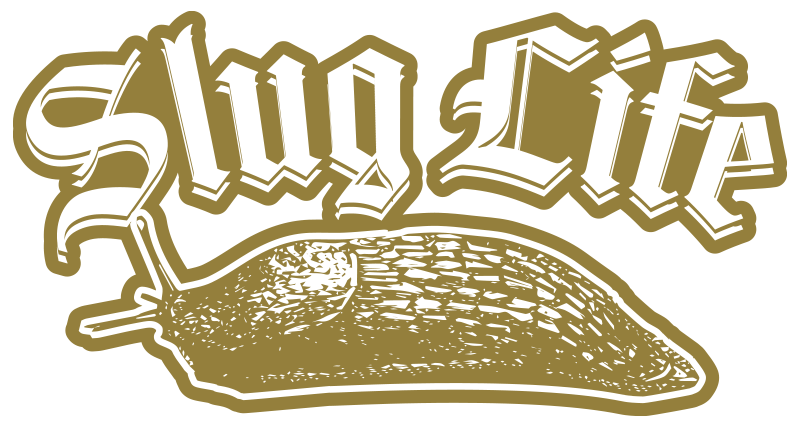Public Domain is Amazing
Overview
If you’ve been itching for a little graphic design inspiration and need to get away from the usual Behance and Dribbble stuff, spend some time browsing the public domain images of yesteryear. Shake off those mental blocks and give yourself the motivation needed to make something weird and wonderful… using other people’s work… from a century ago 😈.
On this brief journey into the public domain, we’ll dip our toes into the murky waters of copyright and creative commons licenses, then use public domain art to make something transformative and bespoke.
Note: I debated not writing this article at all; knowing the intricacies of copyright law can be vast and enigmatic, and despite my best efforts and resources, I might create a seriously misinformed piece. Feel free to let me know about any inaccuracies—then ponder the irony of having all this knowledge at our collective fingertips, and still being unable to understand copyright law because of the cryptic legal-speak and perplexing regional jurisdictions. For more information check out the U.S. Copyright Office. </due-diligence>
Various public domain labels from bottle and tins
Public Domain Primer
Before we get to the fun stuff, let’s establish a quick understanding of public domain materials and copyright in the US. Stanford University – Welcome to the Public Domain is a great article with a concise summary:
“The term ‘public domain’ refers to creative materials that are not protected by intellectual property laws such as copyright, trademark, or patent laws. The public owns these works, not an individual author or artist. Anyone can use a public domain work without obtaining permission, but no one can ever own it.”
Public domain turtle illustrations
What’s in the public domain? Creative works enter the public domain in a variety of ways:
The copyright has expired—typically 70 years after the creator’s death, or 120 years if the creator is unknown or anonymous.
The copyright owner failed to follow copyright renewal rules… oopsie ¯\_ (ツ)_/¯.
The copyright owner deliberately places it in the public domain, known as “dedication.”
The copyright law does not typically protect work such as facts, theories, short phrases, and most US government materials.
Cornell University has a very informative table with all the minutæ of copyright terms and the public domain in the United States. For most practical purposes anything created before 1900 is fair game to use however you wish, for free, without crediting the original creator.
Can my transformative works be copyrighted? It’s worth noting that your particular use or arrangement of public domain material can be copyrighted. For instance, you’ve assembled the fashion illustrations below into a beautiful handbook complete with a story, additional graphics, and other embellishments. While the prints themselves are public domain and can’t be copyrighted, and other people could make a similar handbook with the same images, your particular arrangement and book design is unique and can be protected.
Public domain costume and fashion clothing
Public Domain Resources
These are just a few of the public domain resources I’ve found for inspiration. With over a million images among them, you shouldn’t have difficulty finding your muse:
Unsplash (some museums have assets freely available here)
And this niche beauty inspired by the Yokohama City Library of Illustrated Fireworks catalogs—the Flower of Fire poker deck from Kings Wild is a perfect example of how public domain images can be refreshed to create something new and beautiful:
Yokohama City’s library website is in Japanese. To download the catalogs, click on a title and tap "本体PDF画像"
The Flower of Fire poker deck from Kings Wild.
Project Idea
Using a collection of images from the links above, let’s transform some vintage material into a t-shirt design using my 56th favorite subject material: bones vs. boneless. Here are the assets I pulled together:
Public domain illustrations
Each element was vectored using the Image Trace tool in Illustrator with the Black and White Logo setting. Threshold, Paths, and Noise were adjusted to ensure each vectored image had roughly the same density as the others. There’s no wrong way to do this, but it does take a little experimentation.
Text was added to point out all the benefits of bones and give the shirt some humor. All characters were given heavy outlines as well, because their bodies wouldn’t be visible on a single color print otherwise. Additional embellishments and filigree were added to frame things out into a shirt design.
Here’s the evolution and finished layout:
The decision to put this on a solid background instead of simple white line work was due to print durability. The first white-line-only version of this shirt was nice, but it didn’t last after a few dozen washes—the stippling and other details rubbed off leaving not much more than slug outlines and random missing letters. Print-on-demand just isn’t as durable a good screen print.
Here is the finished work on a shirt. Please buy one to make the slugs jealous of bones:
Wrapping Up
I hope the public domain image libraries above have inspired you to create something a little different and fun; whether it’s a t-shirt graphic, label design, or hand-lettered type. Between the abundance of illustrations, design, and other publications from the late 1800’s, there’s something for everyone. If you want to see more of this kind of weird stuff, check out ARCANE BULLSHIT on Instagram who specializes in this exact thing ❤️.
As a bonus I’ve included a few more bits about copyright law below in case you want to go down that rabbit hole. Enjoy! Now if you’ll excuse me, I’m off to RedBubble to see who else is stealing my work (it happens—A LOT).
Additional copyright Reading
Can I use copyrighted materials? When dealing with more modern creative works, always assume a copyright is in place. Permissions, restrictions, and a licensing fee will usually be required to use copyrighted works. I say usually because some materials—mostly academic and educational works—fall under a Creative Commons license. Creative Commons licenses answer those questions of “What can I do with this work?” It’s worth a read to understand the various license types for crediting and using openly licensed work for commercial purposes.
Can I change copyrighted materials enough to make it mine? Depends on how brave you are. This is the heavily litigated and risky world of fair use. Fair use takes into account the purpose of the work, how transformative or “copycat” you make it, and other factors. More leeway is usually given under the fair use doctrine (Section 107 of the Copyright Act) if the work relates to criticism, comments, research, scholarships, news reporting, and teaching. Justia has a nice overview on copyright and Fair Use Defense to Copyright Infringement.
Can I make fan art and then sell it? Adding this here because it’s a popular question—the correct answer is no, but the more obvious and observable answer is yes, until the copyright owner finds you and sends a cease & desist letter. Consider all the homemade Nintendo character merch on Etsy, every anime convention booth selling Anime fan art, or the giant Disney mural commissioned for the nursery school wall.
Selling fan art of another’s intellectual property is always copyright infringement. Unless you’re fast and nobody can catch you, like The Yetee, whom I LOVE. I’m wholly convinced they can sell whatever they want, copyright be damned, simply because they can move faster than cease & desist letters from the likes of Nintendo and other industry juggernauts. “What’s that? We should not sell this Mario shirt? Oh, I mean, well, that was so 24 hours ago it’s not available anymore, but thanks for the notice, we’ll recycle it for you.”
Can I copyright my own work? Yes, absolutely! To wrap up the educational portion of this post, there’s often a misunderstanding on what becomes copyrighted and the time-limited exclusive rights of the creator, but Cornell University nicely sums it up. Regarding the differences between copyrights, trademarks, and patents, take a moment to read their Copyright 101 page (it’s short and plainly written).
“In the USA, Copyright is automatic for content in a fixed form. If you write a book or draw a picture, those things are under copyright, and you are entitled to six exclusive rights about them. You are not required to register your copyright with the Copyright Office. You are not required to include a copyright statement. If you anticipate that your work will be a high-value project, or that there may be a copyright dispute in the future, you can register with the Copyright Office.”
Out of an abundance of caution for your own work, here’s the link to register it with the Copyright Office, though you usually don’t need to unless you produce something that becomes incredibly famous or well known. Read more about everything copyright-related at the U.S. Copyright Office.

